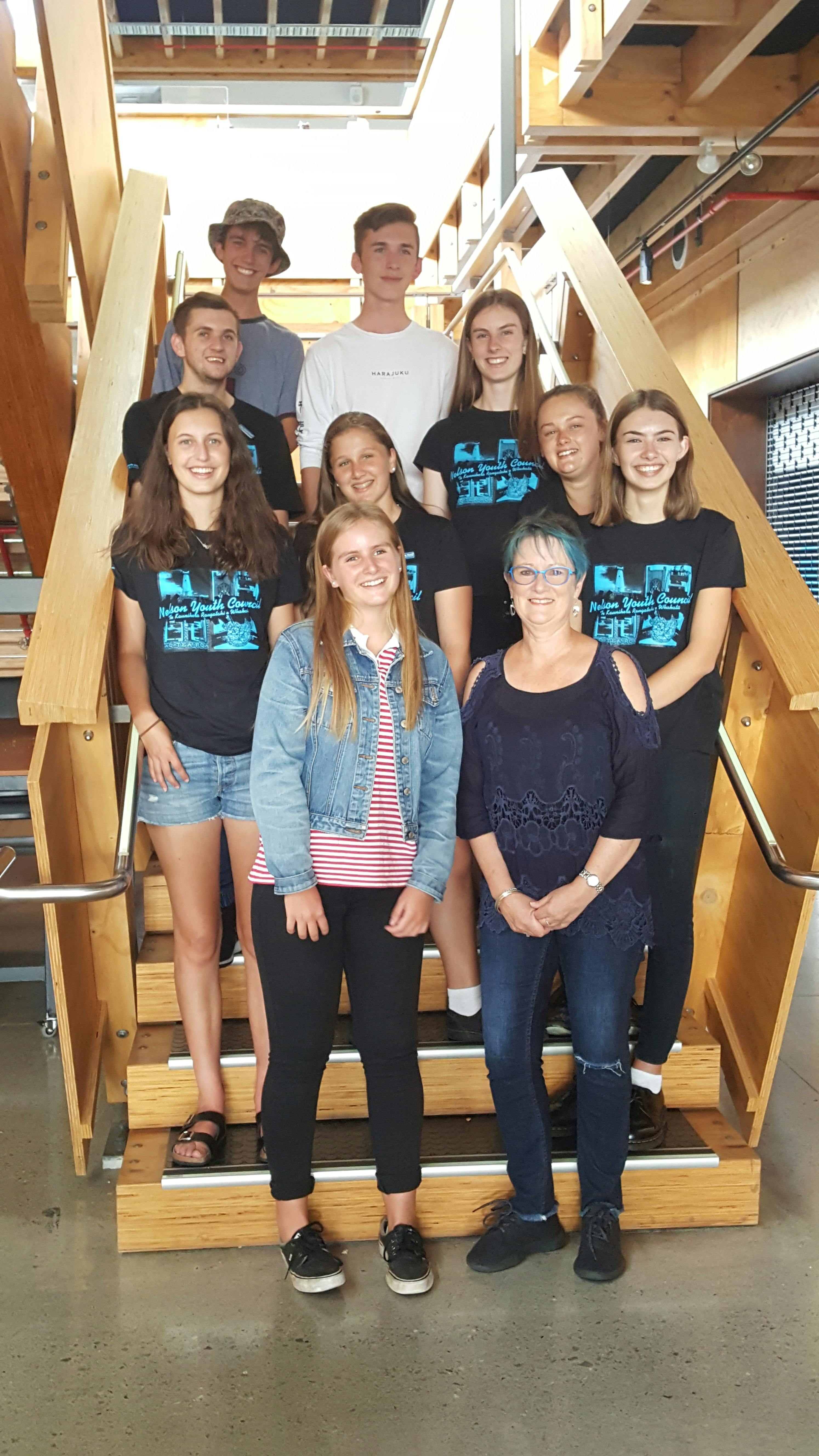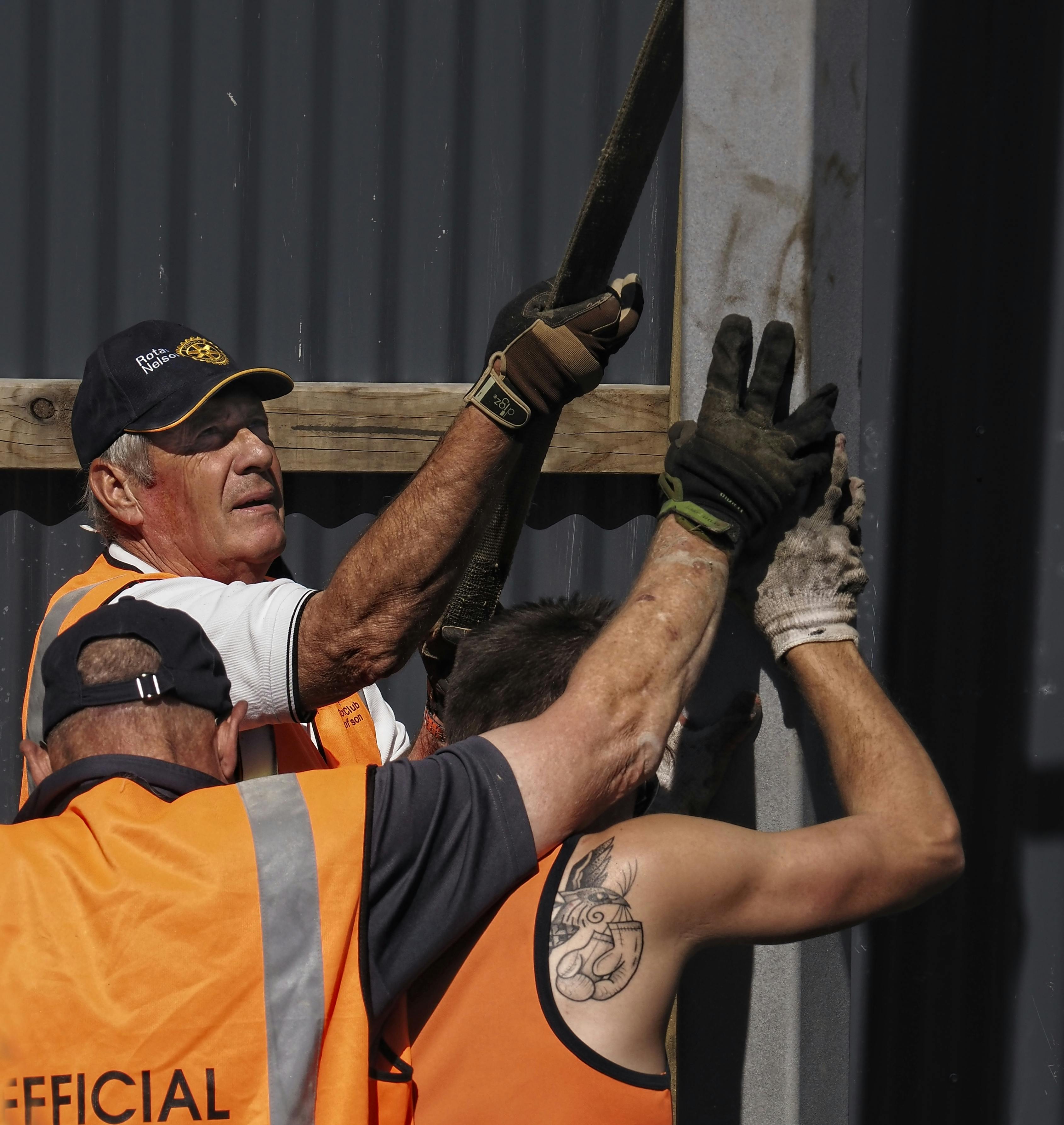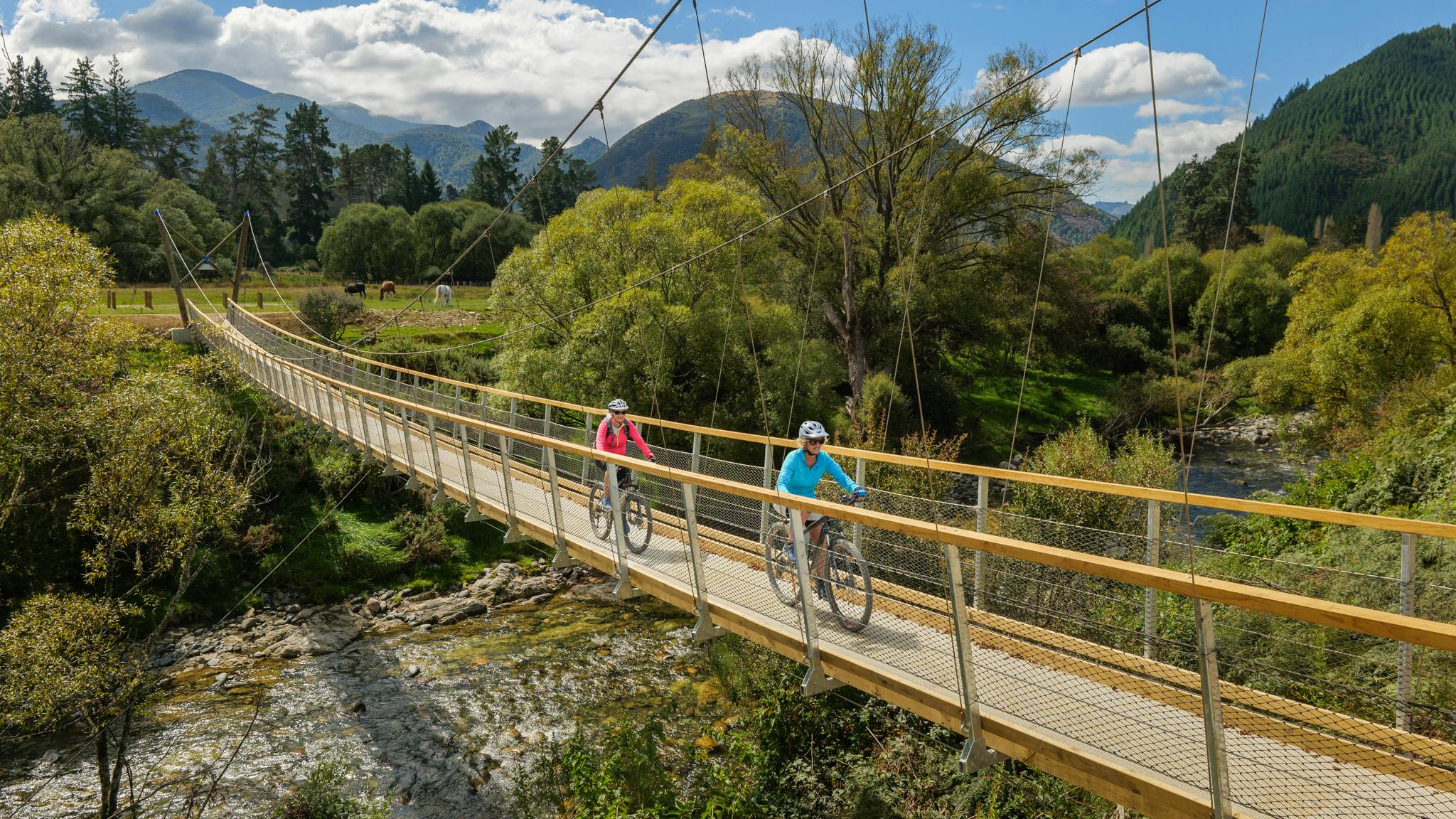Brook Waimarama Sanctuary
Last updated 14 February 2023
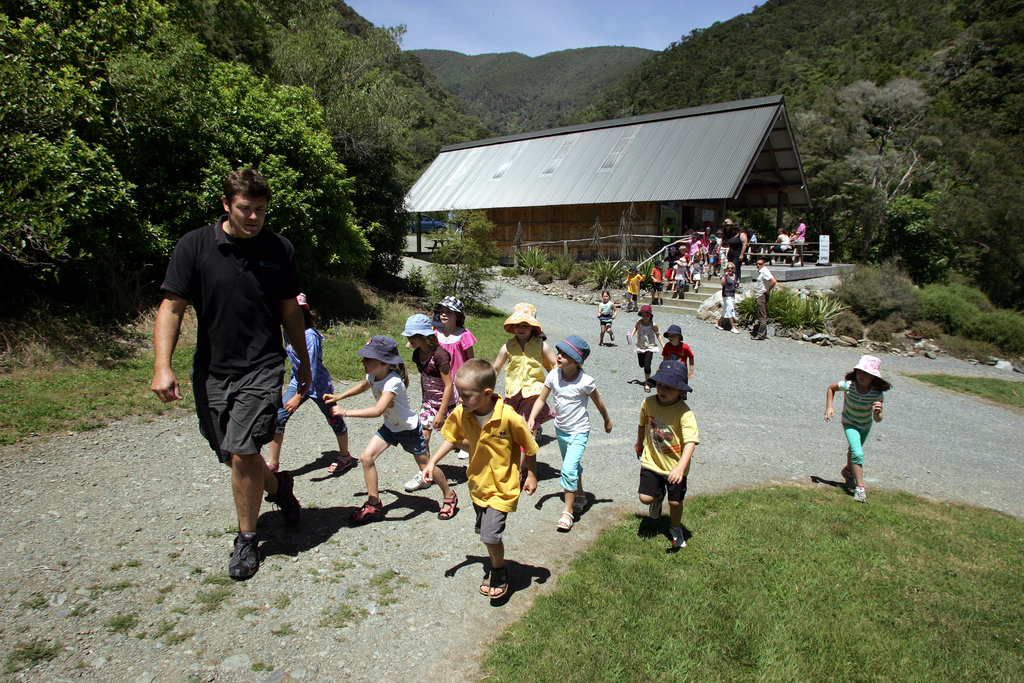
The Brook Sanctuary Educator leading a school group out of the visitors centre to start learning about the Sanctuary and the life within it.
This 700 hectare Sanctuary for native flora and fauna is located in a stunning river valley at the head of the Brook stream, only 5 kilometres from the centre of Nelson city. It is the largest mainland sanctuary in the South Island and second largest in New Zealand. The need for the development of sanctuaries is to provide a safe haven for protection of existing native species at the site and reintroduction of “at risk” species.
Prior to human habitation, New Zealand was a land of birds, reptiles and insects plus three types of bats which were the only mammal inhabitants. Many of the bird species became ground dwellers beneath the foliage as the only predators were air borne. Once humans arrived, they progressively brought with them ground dwelling mammals, either intentionally or sometimes mistakenly that preyed on the existing birdlife, their food sources and /or destroyed habitats. Today an estimated 2800 New Zealand native species are either threatened or endangered and there are an estimated 25 million birds killed each year by predators and pests.
To achieve the conservation objectives, the sanctuary is now contained within a 14.4-kilometre pest proof fence, completed in 2016 with a uniquely New Zealand proven design, around the entire river valley to prevent incursion of animal predators.
The land was originally set aside in 1856 as a reserve to allow for the supply of water for Nelson with the first dam and an associated reservoir completed in 1868. A series of dams and weirs were then constructed over the next 40 years. The Big Dam adjacent to the visitors centre was completed in early 1905 with a weir (Top Dam) added in 1909, which was silted up in the 1970’s floods.
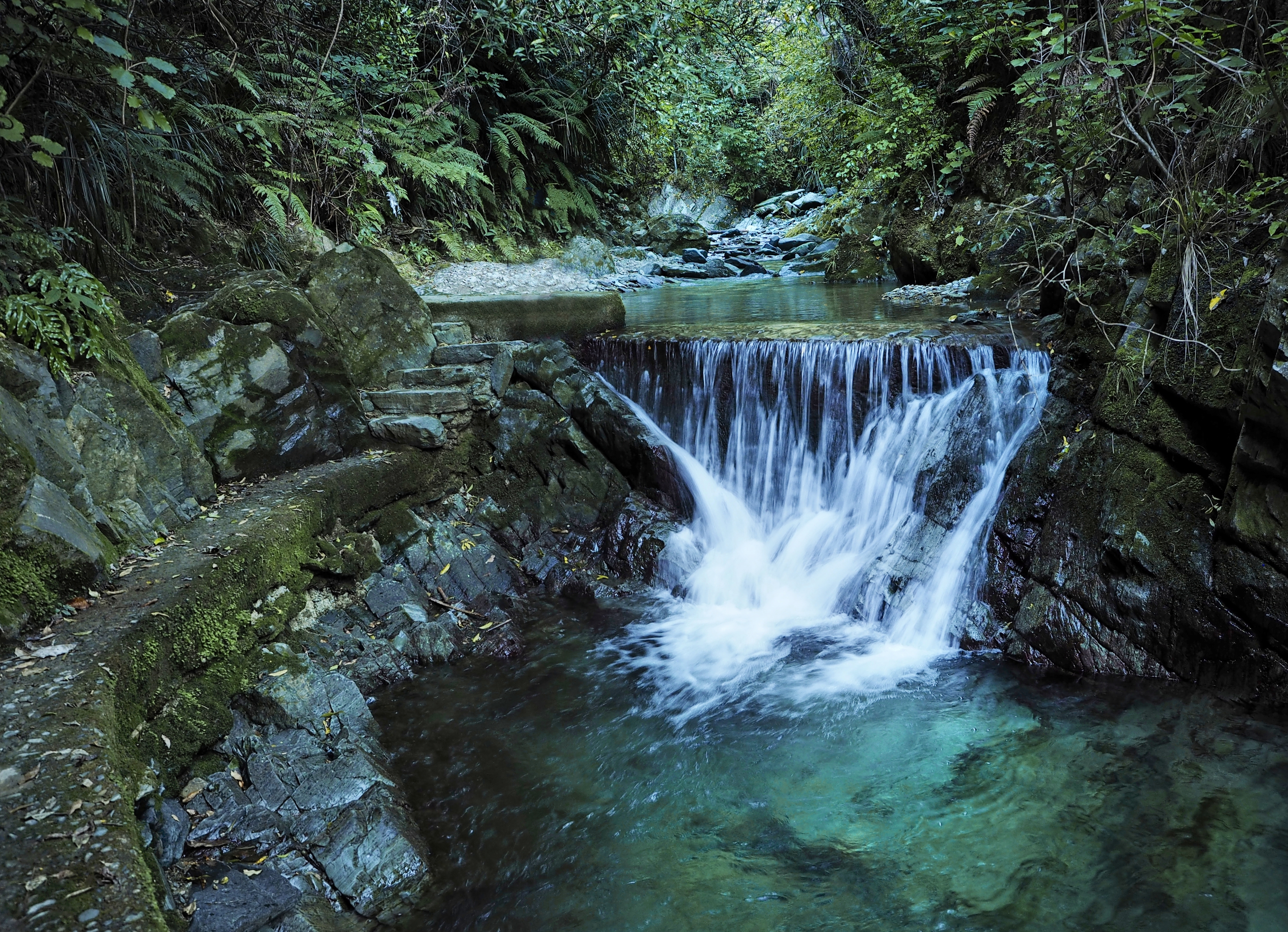
Top Dam
The system remained a major source of water for the city until the Maitai Dam was completed in 1987. The Brook scheme was then rendered obsolete with the scheme finally decommissioned in 2000. There are still 4 weirs and dams in existence and they remain as interesting engineered water features complimenting the visitor experience that the sanctuary and walks provide. The original 1868 Dam and an associated silt chamber have survived despite significant damage in an earthquake in October 1868 when it was severely damaged.

Rapids beyond the Top Weir
The building of the sanctuary has been a major undertaking and could only have been achieved through a truly community-wide effort and will remain so as it continues to develop. The opportunity was first mooted in 2002 by a group of forward-thinking conservation minded individuals but began in earnest with the establishment of the Trust in 2004 with plans then executed over time as capital was raised.
It was Dr David Butler’s and wife Donna’s vision which fuelled the development with Dave taking on the chairmanship of the Trust for 15 years until he stood down in 2019.
The sanctuary facilities now include a visitors centre (recently expanded), an immersive outdoor education facility, 3 additional pedestrian bridges on the tracks plus well maintained tracks including the loop track which is to wheelchair accessible standard.

Open Day - Ruud Kleinpaste (Bug Man) talking to children
It was always understood by those involved that this project needed both a family and generational focus so there has been a strong emphasis on education through the schools and in the community on the importance of the sanctuary for turning back the tide of loss.
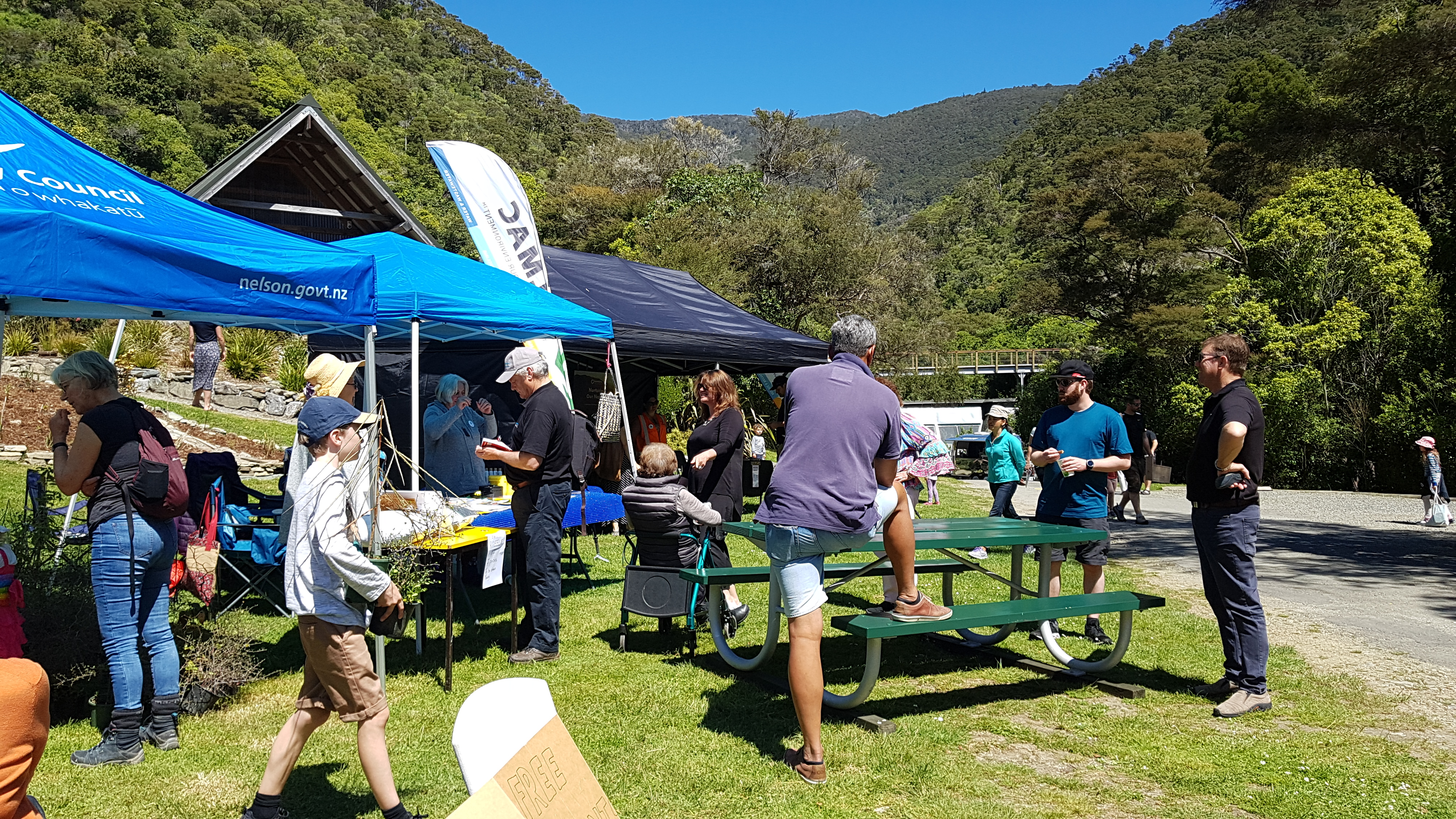
Open day for the general public of Nelson
The sanctuary is also growing in importance as a visitor attraction with entry fees being used to help fund the operations and further development along with funding from council and other key funders though as for all tourist ventures.
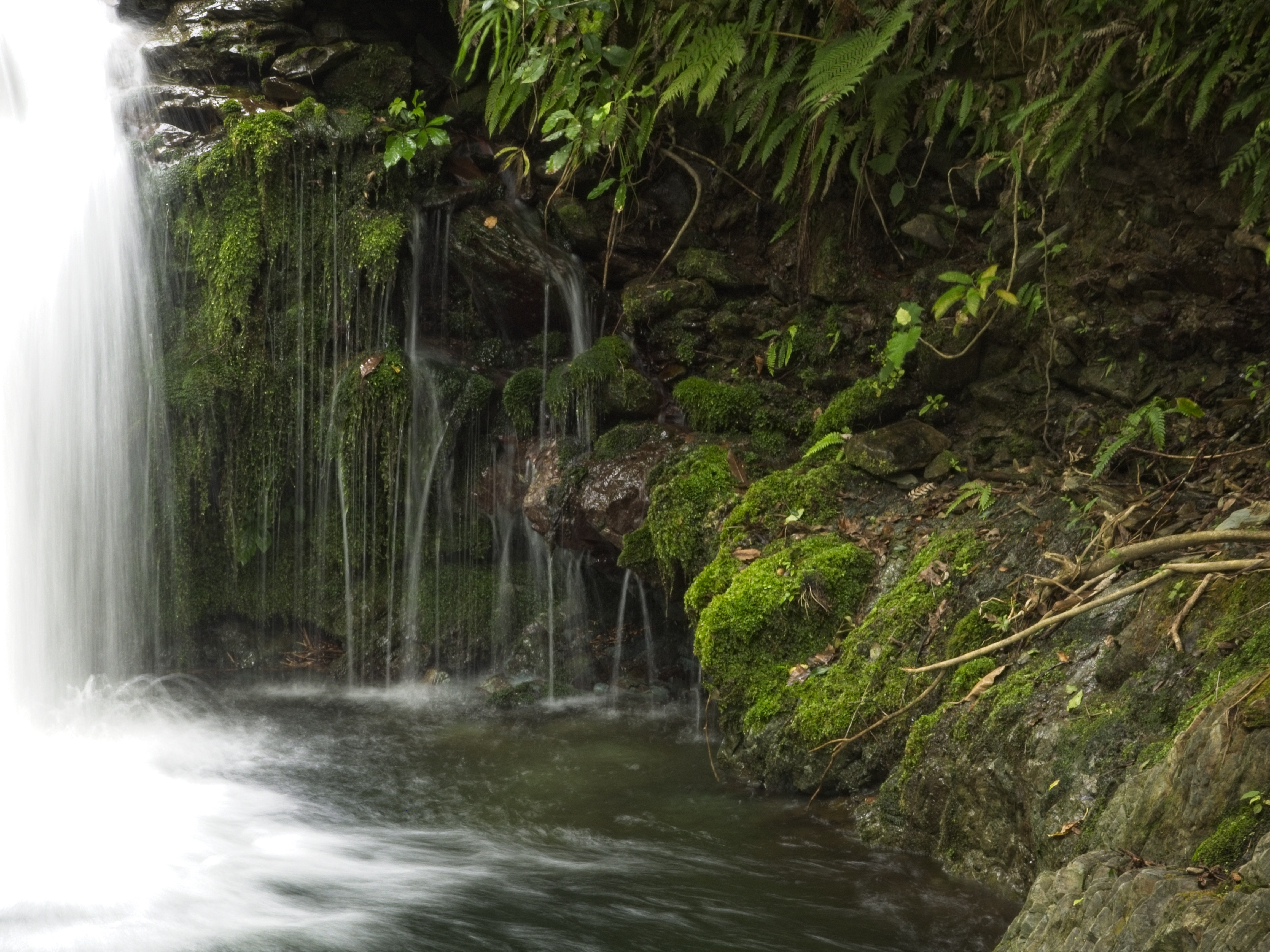
Part of the first dam built 1868
The Rotary Club of Nelson and its members were early supporters of the development We had two members who participated as part of the Trust Board through to the successful completion of the fence project. The project was attractive to the club due to its environmental and wider educational aims. The sanctuary was also planned as a tourism attraction to help support the long-term viability by increasing the number of domestic and international tourists to extend their visit in the city and engage more closely with our unique species in their natural forest habitat.
Working bees were frequently conducted including:
- Building the deck of the visitor’s centre.
- Assistance to upgrade the loop track and provide flood protection with construction of gabion baskets.
- Bagging of a cement/aggregate mix for use in headwalls on culverts around the bench for the pest proof fence.
- Laying data cable for the outdoor education area.
- Carrying out parking management at open days and special events.
Our team building the deck at the Visitor centre of the Sanctuary
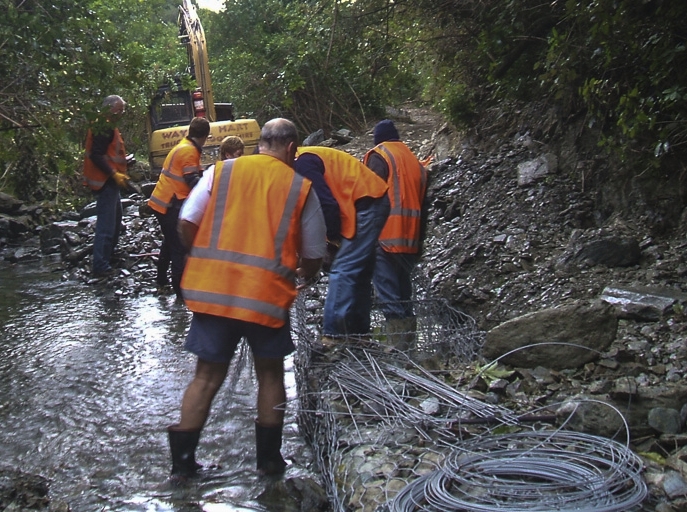
Working bee on the Gabion Naskets for flood protection to the tracks
There were also contributions to the project through provision of professional services including the scouting and initial mapping of the proposed fence line plus preparing and leading workshops for strategic planning and marketing/branding.
In total the contribution in volunteer time was in excess of 750 hours excluding the time of those who volunteered as Trustees and few members who have directly volunteered for trap or monitoring lines or other tasks.
In addition the Club purchased sponsored a $5,000 fence post plus a further grant was made from the Rotary Motorhome show in 2017.
If the total volunteer labour and in kind donations to construct facilities in the sanctuary, tracks and complete the pest eradication were taken into account the investment would be more than double the $6 million recorded as raised and invested. This is indicative of the wider community support of the project that has continued to grow over the past 18 years as the sanctuary develops.
Today the bird species present include piwakawaka (fantail), tui, koramiko ( bellbird), ngirungiru (tomtit), riroriro (grey warbler), kereru (wood pigeon), tauhou (silver eye), titipounamu (rifleman), kakarai (South Island robin) plus the recently reintroduced tieke (South Island saddleback) and seriously endangered kakariki karaka (orange-fronted parakeet).
Here's the tieke South Island Saddleback

Juvenile saddleback (tieke) - caught on camera by Paul Sorrell
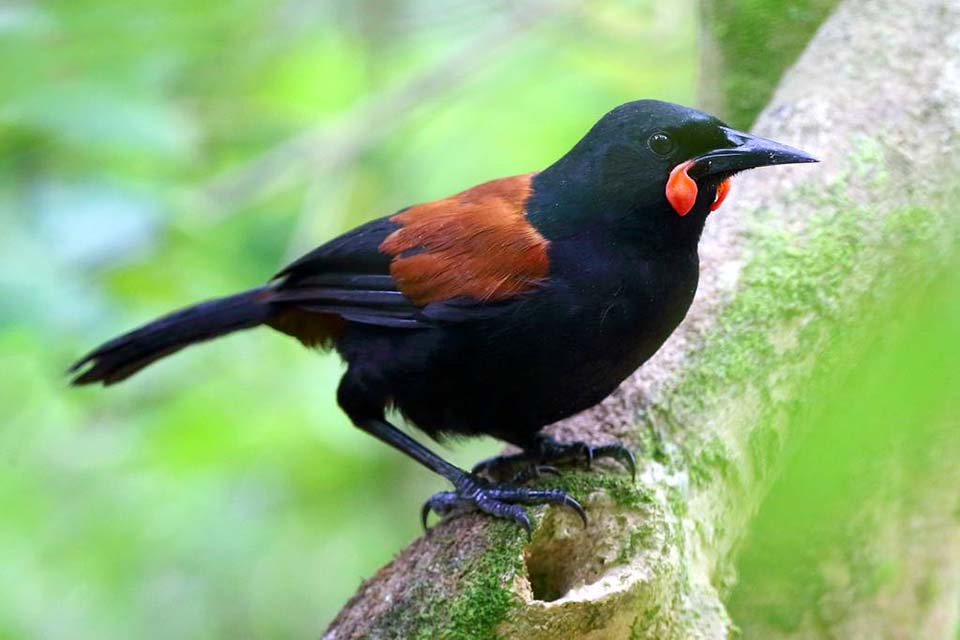
Adult Saddleback - Adam Riley
And here are a few photos of the Kakariki, an orange-fronted parakeet native to New Zealand.
Kakariki appearing to eat lichen.
.png?alt=media&token=8e0c6e46-4ca9-435d-af93-c068473542fa)
Watch for this fellow's prominent orange beak when you're walking in the Sanctuary
In addition, the sanctuary is also host to the tree weta and the recently introduced powelliphanta (giant carnivorous land snails) which can grow up to 60mm across.
.jpg?alt=media&token=a6aebb63-5702-4841-8be6-5722145820ed)
By Iesha Hogarty
.jpg?alt=media&token=ff7a3be5-7f29-44c7-8f32-ea180dcad8cc)
Robert, one of the staff at the Sanctuary moving powelliphanta to a new habitat!
There are further plans to introduce kaka, tuatara and kiwi over the next 2-4 years as opportunity allows.

Kaka Aviary
Track options include the 40 minute loop track though visitors can do a 20 minute extension (return) off the loop track to take in the top dam and the top weir at the end of the fully formed track and which is one of the highlights of a short visit. For those who are more adventurous there are further track options which can take them into the heart of the sanctuary and access some of the further naturally occurring features - Ferny Flats, Flagstone crossing and Corkscrew crossing to name just a few. A full exploration takes around 2 to 3 hours with much of this time spent on tramping standard tracks but does require stream crossings in parts.
6,000,000+
Capital invested
14.4km
Pest Proof Fence
135km
Tracks for walking and trapping
400
Number of Volunteers
In 2015 the club conferred a Paul Harris Fellow recognition to Dr David Butler, the founding chair of the Brook Waimarama Sanctuary and initiator of the project, to acknowledge his contribution to this important community project. David passed away in December 2020 leaving a lasting legacy to the people of Nelson and future generations.
400+
Volunteers
3,000
Annual visits by schoolchildren
1,400+
Members
20,000
Annual visitors

